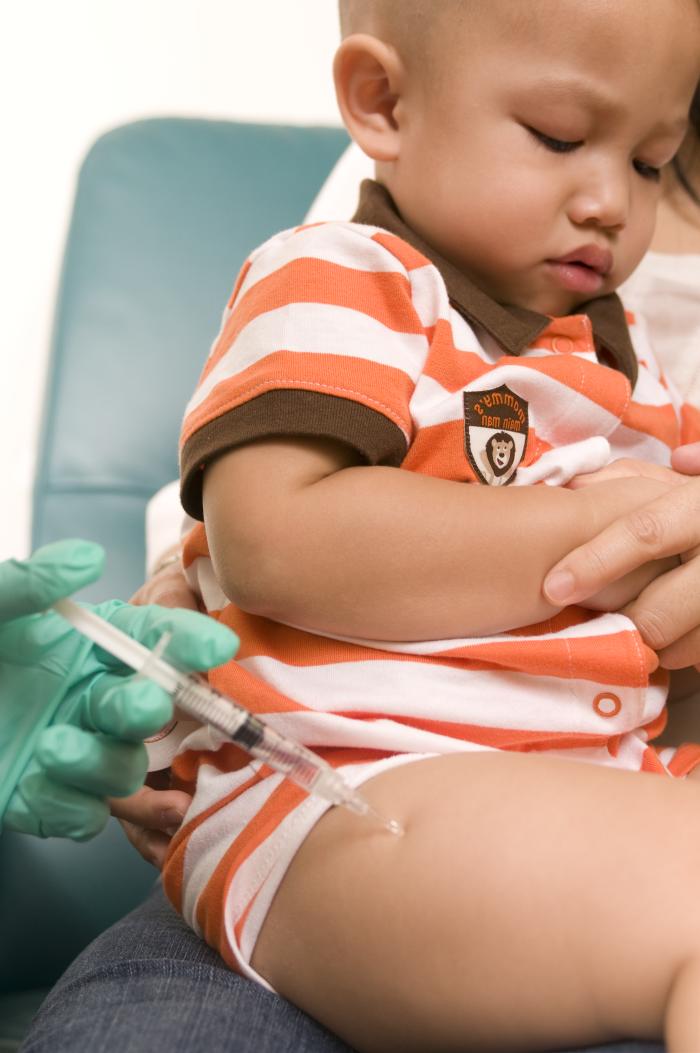childhood vaccinations
Autism Spectrum Disorder: Progress Toward Earlier Diagnosis
Posted on by Dr. Francis Collins

Stockbyte
Research shows that the roots of autism spectrum disorder (ASD) generally start early—most likely in the womb. That’s one more reason, on top of a large number of epidemiological studies, why current claims about the role of vaccines in causing autism can’t be right. But how early is ASD detectable? It’s a critical question, since early intervention has been shown to help limit the effects of autism. The problem is there’s currently no reliable way to detect ASD until around 18–24 months, when the social deficits and repetitive behaviors associated with the condition begin to appear.
Several months ago, an NIH-funded team offered promising evidence that it may be possible to detect ASD in high-risk 1-year-olds by shifting attention from how kids act to how their brains have grown [1]. Now, new evidence from that same team suggests that neurological signs of ASD might be detectable even earlier.
No Link Between MMR Vaccine and Autism, Even in High-Risk Kids
Posted on by Dr. Francis Collins
Study after study has found no link between autism spectrum disorders (ASD) and the measles-mumps-rubella (MMR) vaccine—or any vaccine for that matter. Yet many parents still refuse or delay vaccinations for their young children based on misplaced fear of ASD, which can be traced back to a small 1998 study that’s since been debunked and retracted [1]. Such decisions can have a major negative impact on public health. With vaccination rates in decline, we’ve recently seen the resurgence of measles and other potentially fatal childhood infectious diseases.
Among the parents most likely to avoid getting their kids vaccinated are those who already have a child with ASD. So, it’s especially important and timely news that researchers have once again found no link between MMR vaccines and ASD—even among children known to be at greater risk for autism because an older sibling has the developmental brain disorder.

